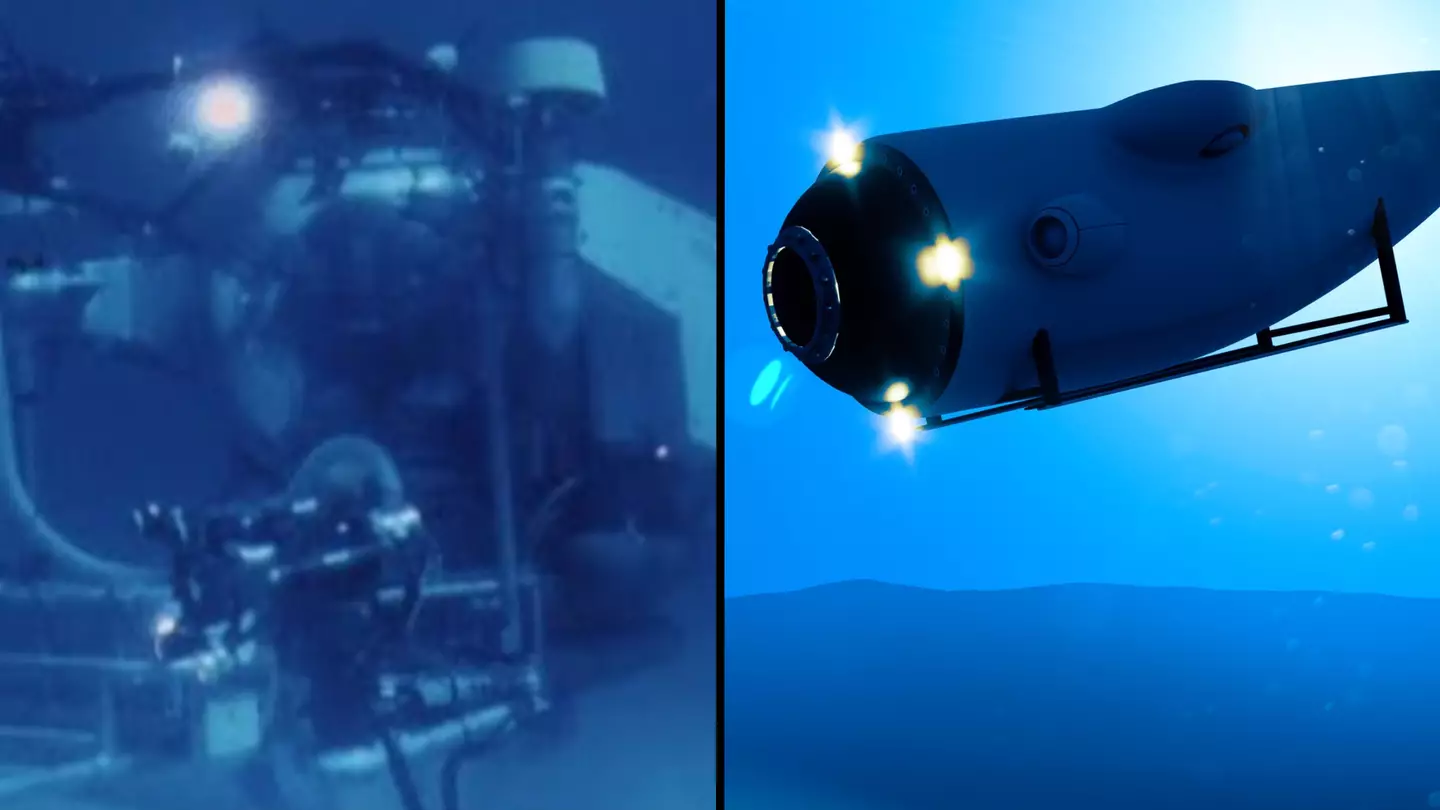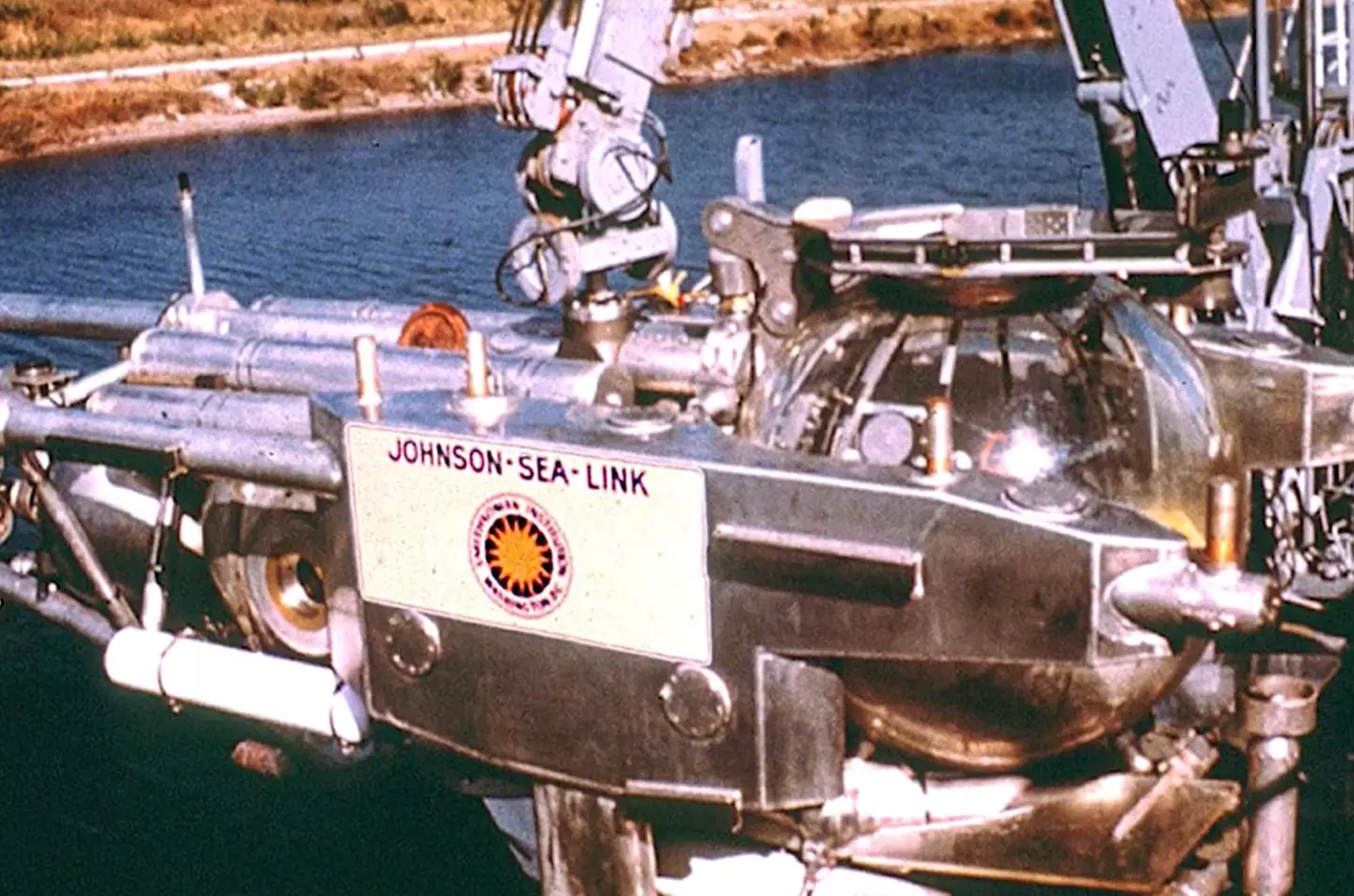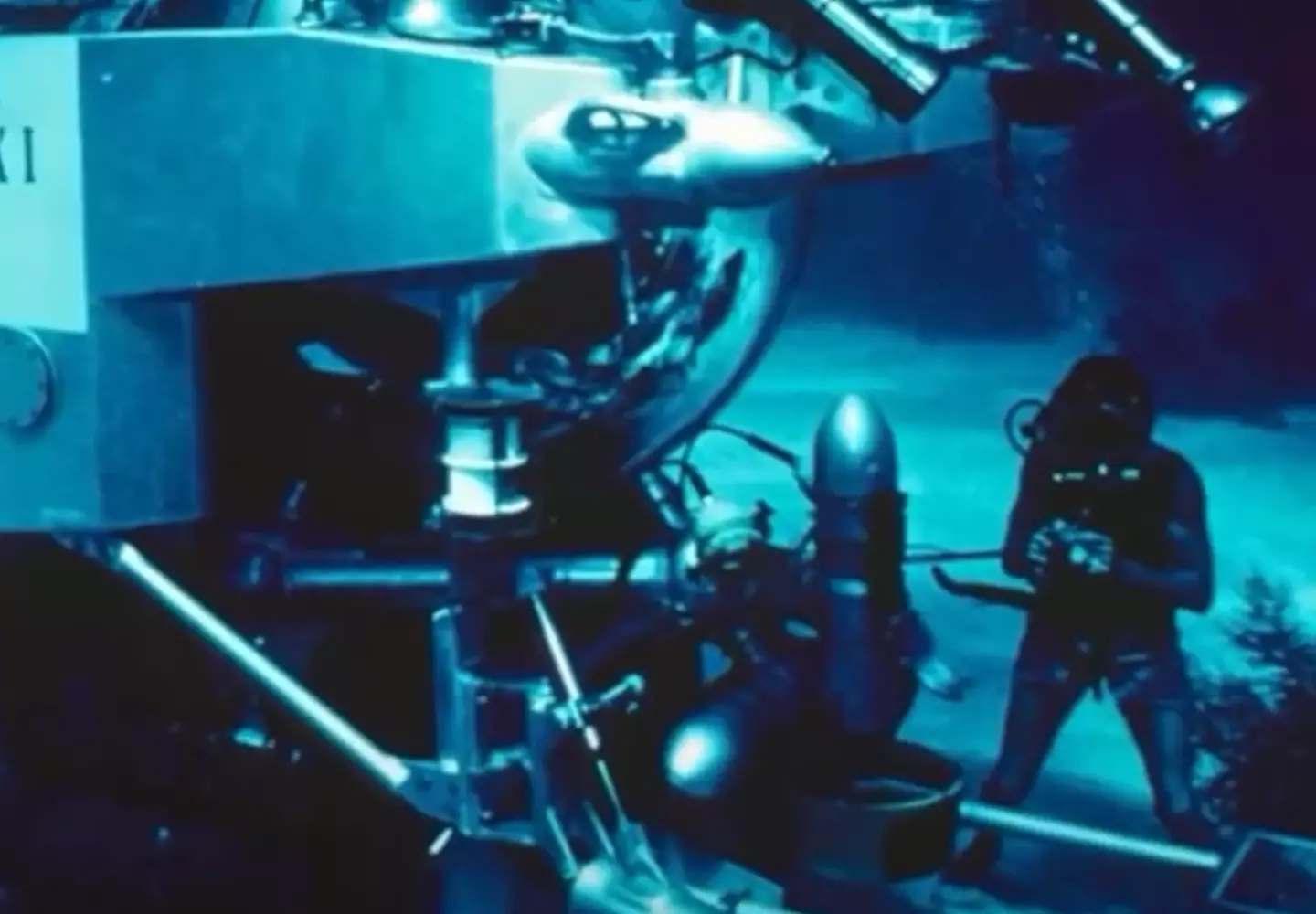
Two divers suffered a terrible death in a submersible in 1973 in an incident which has come to be known as the Johnson Sea Link accident.
A year earlier the US navy destroyer USS Fred T. Berry had been scuttled off the coast of Florida to create an artificial reef, and on 17 June, 1973 a submersible with four people on board was launched.
The plan was that they'd dive down in a submersible called the Johnson Sea Link and retrieve a fish trap from the sunken warship.
Aboard the submersible were pilot Archibald Menzies, scientist Robert P. Meek, along with divers Edwin Clayton Link (the son of the sub's designer) and Albert Dennison Stover.
Advert
The sub had been working successfully for two years and this was to be dive number 130, but on that day disaster struck as the vessel got tangled on a cable from the warship's wreckage.
The crew sent a distress signal and asked for help, but said they weren't in any immediate danger.

They considered having divers Link and Stover exit the submersible and try to free the Johnson Sea Link from the cable by hand, but decided against it and instead chose to wait for a rescue vessel.
The carbon dioxide scrubber failed and the level of CO2 in the cabin increased over time, Menzies tried to counter this with a substance known as baralyme to absorb it.
Advert
The pilot section of the submersible where Menzies and Meek were had an acrylic plastic hull, while the diver section where Link and Stover were had an aluminium hull making it colder, and the baralyme stopped absorbing the CO2 in the diver section by about 10.00pm.
With the sub being trapped just after 9.45am, help for the Johnson Sea Link arrived at around 4.15pm the same day and at 10.25pm Link and Stover were having to breathe through masks.
Having been trapped in the stranded sub all day with the air running out, the idea for Link and Stover to dive out of the sub was once again considered but by this time they were too cold to attempt such a thing.

They had been breathing a mixture of helium and oxygen, resulting in a loss of body heat, and both men were wearing shorts and a t-shirt.
Advert
Attempts from rescue vessels to dive down were unsuccessful at at 1.12am on 18 June there were reports from Menzies that Link and Stover were having convulsions.
There was no more sound heard from the two men after this point.
The Johnson Sea Link was at last raised out of the sea at 4:53pm on 18 June, with Menzies and Meek able to get out.
Sadly, with the diver section still pressurised rescuers couldn't just open it up to get Link and Stover out as it would likely have killed them.
The bodies of the two men could be seen, but they were showing no signs of life.
Advert
The section of the sub was ventilated with helium and oxygen, as well as sprayed with hot water to increase the temperature, but on the morning of 19 June a doctor concluded that they were dead.
An autopsy determined that their cause of death had been respiratory acidosis due to carbon dioxide poisoning.